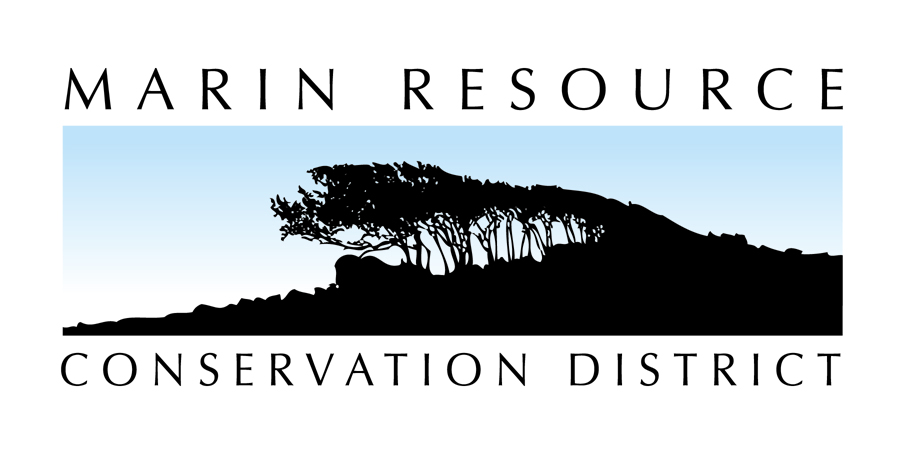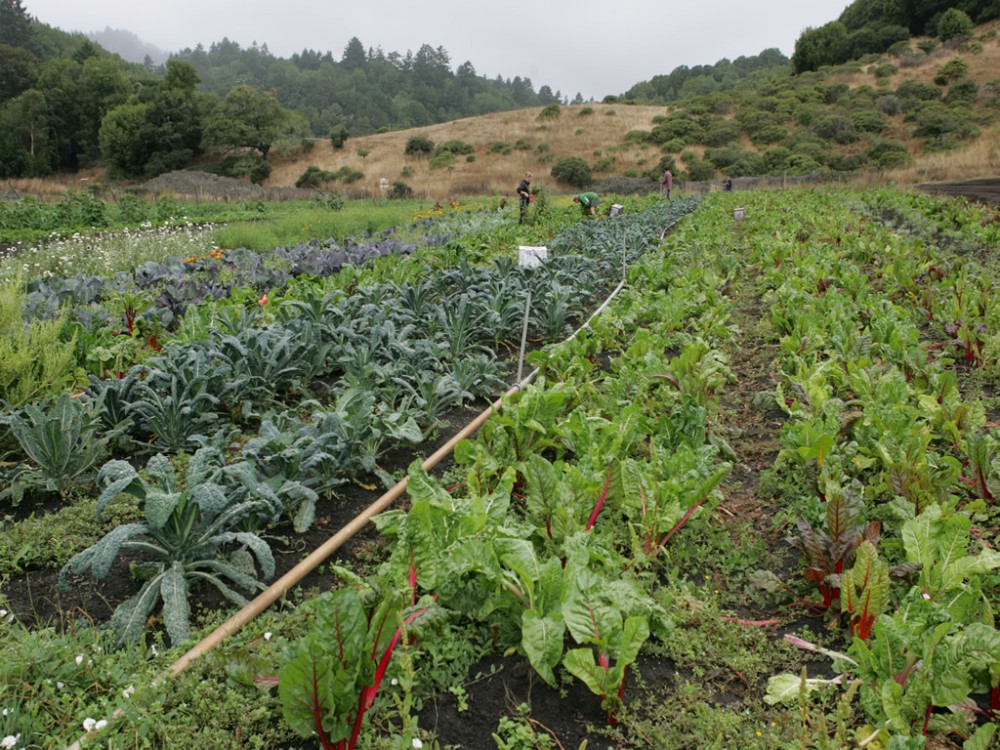Three organic farms in Bolinas, CA: Fresh Run Farm, Paradise Valley Produce and Star Route Farms, have offered up their summer water rights to protect the Coho salmon fishery that spawns in Pine Gulch Creek (above photograph by Rod McLean). The farms traditionally irrigated their crops by pumping directly from Pine Gulch Creek, but starting 2018, all farms will no longer summer irrigate from the creek.
For more information read below or check out the Pine Gulch Creek Instream Flow Enhancement Report funded by the California Department of Fish and Wildlife.
For individuals interested in doing a project to benefit instream flows, the SWIFT Working Group created a wonderful document to help guide individuals through the process: Practitioners Guide To Instream Flow. Marin RCD helped SWIFT with this document and the Pine Gulch Project is on pg. 48!
Do you divert more than >10 acre-feet a year? The State Water Resources Control Board, as of Jan. 19, 2016, requires anyone with >10 ac-ft/yr diversion to install measuring devices at their point of diversion and for all water rights holders to report their water use annually. Want more information? Visit the Water Board’s website or call your local UCCE office (415) 473-4204 for information or visit UCCE ANR Publication website to check out the following applicable publications: #537, 8490, 8083, 8213 and 21644.
One of the greatest threats to young Coho salmon in West Marin is low creek levels during the summertime. This is a time when Coho seek sanctuary in deep pools before growing to a stage when they are mature enough to survive in the open ocean. Sometimes the pools are too shallow or dry up completely, and the young fish die.
A voluntary plan by farmers in Bolinas to protect summertime creek levels has passed an important milestone: the farms built four storage ponds that draw water during the high-flow winter season for summertime use. Farmers agreed to temporarily abandon their riparian rights for agricultural use. In exchange, they will receive temporary, seasonal rights to store water for more than 30 days. Under the plan originally envisioned by the Point Reyes National Seashore, coho salmon will eventually be re-established in Pine Gulch Creek.
Costs associated with the development of storage ponds, which ran around of $2 million, will be supported by farmer contributions government grants and private sector support. The permitting and design phase was funded by a State Coastal Conservancy grant administered by the Marin RCD. All permits were secured and the ponds have been built with the financial support from the California Department of Fish and Game’s Fisheries Restoration Grant Program administered by the Marin RCD.
Peter Martinelli, who farms on 22-acres and is located closest to the National Seashore out of the three, has one pond that can hold 11.7 acre-feet of water. Paradise Valley Farm, run by Dennis and Sandy Dierks, has a 8.2 acre-foot pond, while Warren Weber of Star Route Farms expanded a 3 acre-foot storage pond to hold 31 acre-feet and install a second, smaller pond at 10.6 acre-feet.
Thank you to the funding agencies that have made this project possible:
- California Wildlife Conservation Board
- California Department of Fish and Wildlife
- California State Coastal Conservancy
- Marin County Measure A
- Marin Agricultural Land Trust
- USDA Natrual Resources Conservation Service
Media (pdf)
Bolinas farmers break ground. 2015. The Point Reyes Light
Charles, J. 2008. Bolinas Farms Cede Stream Rights to Coho. Pt. Reyes Light.
Coastal Conservancy News. 2005. Help for Salmon and Steelhead. California Coast & Ocean. Vol 21: 4.
Tannenbaum, B. 2008. Saving Salmon. CA Farmer.
Tannenbaum, B. 2008. Swimming Uphill for Salmon. SF Magazine. pg 58.


